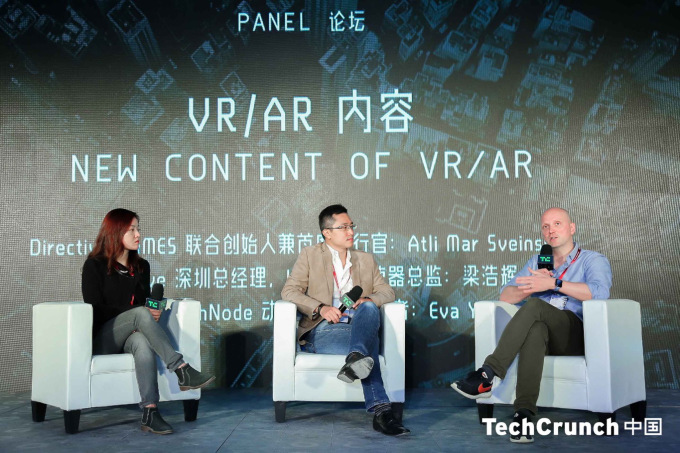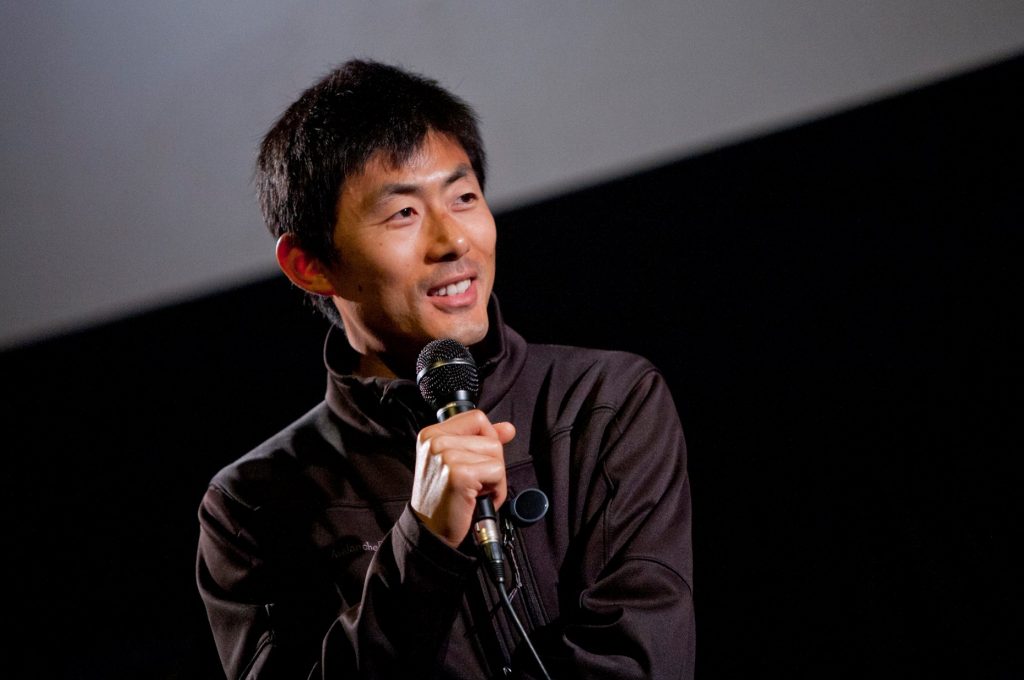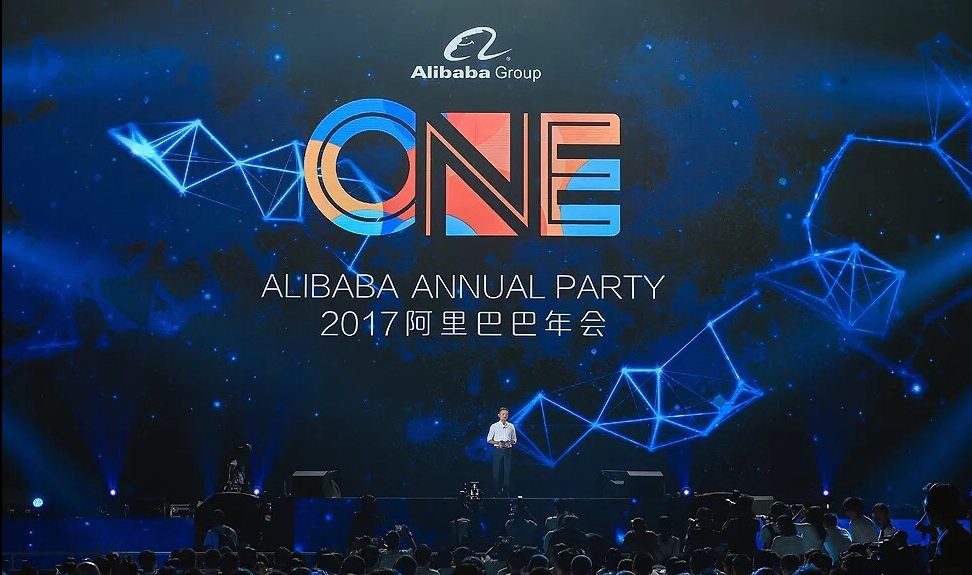VR winter is over. Long live AR.

Kevin Leung and Atli Mar Sveinsson discuss “New Content of VR/AR” at TechCrunch Shanghai 2017.
Both Kevin Leung, the director at HTC VICE X, and Atli Mar Sveinsson, co-founder and CEO of Directive Games, concluded that there needs to “killer apps” to open up the AR and VR markets.
In fact, virtual reality headset shipments are showing no signs of slowing, as the quarterly total exceeded 1 million units for the first time in Q3 2017 according to Canalys. Sony took the lead, followed by Oculus and HTC, Collectively, Sony, Oculus, and HTC made up 86% of the total market in Q3 2017.
The third market leader in VR headset shipments, HTC officially revealed on November the Vive Focus, its all-in-one VR headset, and VIVE WAVE, a VR open platform and toolset for easy mobile VR content development and high-performance device optimization for third-party partners.
Directives Games, a Shanghai-based company making VR and AR games, was invited to Apple’s iPhone X launch event, where Apple also released ARKit to facilitate AR experiences. Launch partners for Apple’s ARKit apps include a new game from Directive Games called The Machines, a competitive AR multiplayer game.
Here are the highlights from their discussion at TechCrunch Shanghai 2017.
What is China’s position in the VR industry?
Sveinsson: I think the Chinese market is very important, not only because of sales, but the whole innovation, design, manufacturing, and the consumer market. When we release our products, of course, we will have some unique localizations for China. So when we talk about profits, when we talk about sales, China certainly is just as important as the rest of the world, or something more important in some respects, not least because of the size of China’s market.
When we talk about the market taking volume, China is completely leading. We also see so many VR HMD (head mounted display), but some products are not very good, but from this perspective, China is a great market that can help you to test your products.
Leung: I can not say that the technology of VR is more advanced in China than the Western world. However, we think that the user’s awareness of VR may be the highest in the world in China. We saw a lot of businesses, large enterprises, and they are trying to use VR technology for their business. What we can see now is that in China, VR is basically used in all the sectors, including design, cars, property, and real estate. Therefore, I think China is far beyond the Western market in this respect. Generally speaking, Chinese companies tend to be more open to adoption of new technology. Every business wants to use VR to be ahead of their competitors.
What do you think the market will look like next year?
Sveinsson: AR is actually quite different, AR is just beginning, if we have some AR technology, but this is not complete until a few months ago, Apple released AR Kit in June. In my opinion, it may take AR to reach its peak in 2020, which does not mean that AR is growing every year, but I think this will be a spiral process.
Leung: In 2018, more products with better user experience will enter into the market. And over the past 2 years, top-notch developers like Directive Games have learned to leverage the immersive experience of VR / AR platform. Instead of porting their console or smartphone content into this new platform. In short, better contents on better products create even better experience for more use cases.
Sveinsson: What matters is: How do you really communicate with the user? This is what we’ve learned so far. For users, they hope to find something else different, and we hope AR and VR will give users a completely different experience.
Leung: We will start to have 5G coverage in China by 2019. VR is only going to become more mainstream. So it’s not far away from us, maybe only a few years time.
Many people this year talk about artificial intelligence, and big data. How can AR and VR combine with artificial intelligence and big data?
Sveinsson: We want to put AR and VR together in the cloud. So I think we want this service to give different kinds of data from HMDs. Artificial intelligence can help us continue to develop. So you must consider how to project, and how to analyze. We hope we can sample these big data and collect a large amount of data.
Leung: In the short terms, AI enhance the accuracy of all types of trackings, including positional, eye, facial, hand and body. In the longer term, AI can help generate scene on demand. You tell your VR voice assistant that I want to be in Hawaii, and you will see yourself sitting in a sunny beach with bikini ladies playing volleyball, all generated automatically. It will be like you’re living in lucid dream.
Sveinsson: There are a variety of different scenarios for VR. Say, I saw a pair of shoes in H&M which is black, I really like these shoes, or I like to watch a movie, you can explain some specific scenes, then the VR HMD will find the movie and show you. In fact, we can communicate with our cell phones and so on and get some real-time feedback. We really need AR and VR to develop into this way, we want this kind of VR HMD. Our company is not just building hardware, we are building software, and for some B2B platforms, like Wal-Mart or some other company, they all want to get into the scene as a user. The experience must start with some of the apps on your smartphone, then later it will quickly change our everything else.
iResearch says that 2019 will be a turning point in the consumer content market where major content creators will begin to make money. So what kind of advice do you have for these startups to monetize?
Leung: I think I have to take into account the long-term results, I think 2C will be the most profitable areas but 2B is where the money is currently. Despite the investment climate has been cooled down a bit in the last 3 quarters. Many VR startups generate decent revenue through corporate clients. There are many traditional industries approaching us each day and ask us how to leverage VR in their business. And that’s one of the reasons for setting Vive X accelerator so that we bridge the industrial demands to the startups.
Sveinsson: We’re able to share a variety of experiences with Hollywood and other platforms, and we also think it is important that people may be very interested in our entire experience. IP is our whole strategy.
– This article originally appeared on TechNode.








